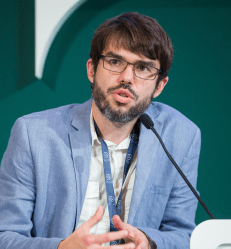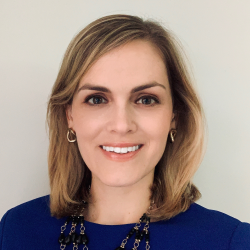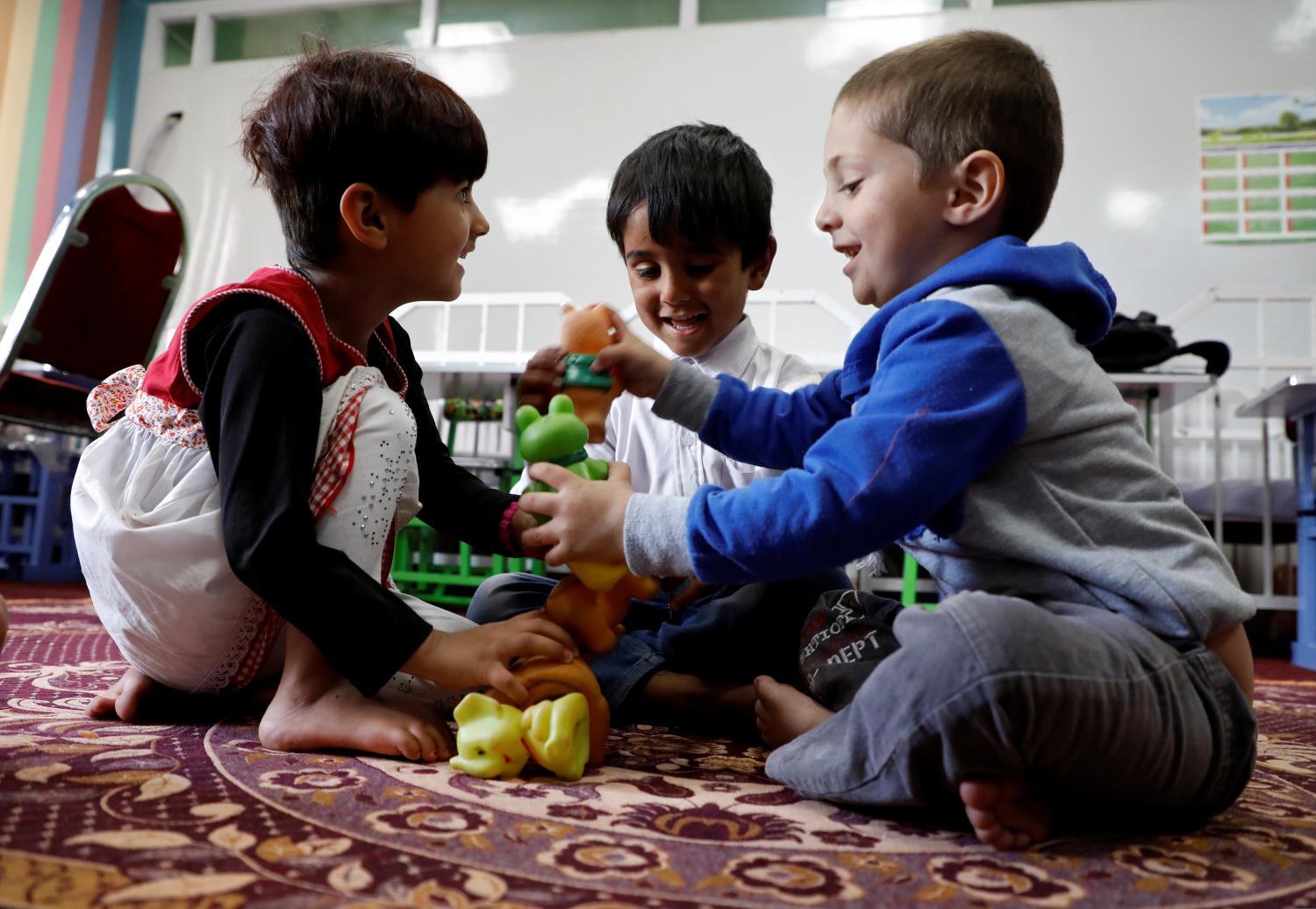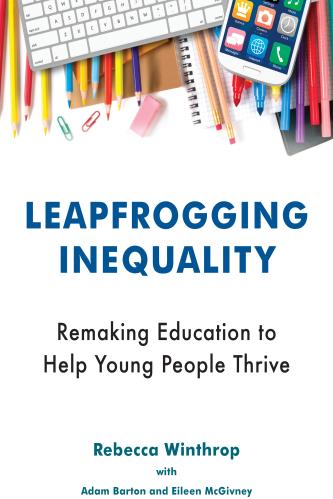Countries around the world have increased access to schooling in the past few decades; however, that progress has not led to universal access to high-quality and future-ready education. The world today faces a global learning crisis, with the 2030 Sustainable Development Goals for education far from reach. Though many of the world’s children are in school today, 263 million children remain without access. For the children and young people that are in school, they are often not learning. Poor-quality schooling is an issue in all countries but is most pronounced in developing countries and for the most marginalized children. For example, a shocking 86 percent of primary school students in low-income countries are not proficient in mathematics. Education, even in high-income countries, is not succeeding in embedding the knowledge, skills, and dispositions that societies and economies demand. What is more, the current pace of change is far too slow. In many countries, it will take approximately 100 years for those furthest behind to catch up to the learning levels of today’s highest achievers.
One factor for the global learning crisis—though certainly not the only factor—is that many countries have not invested sufficiently in teachers for their expanding school systems. Surprisingly, there have been dropping proportions of trained teachers in a number of world regions at both the primary and secondary levels, and this drop is especially pronounced in sub-Saharan Africa, where just 64 percent of primary school teachers and 50 percent of secondary school teachers have received appropriate training.
Addressing education’s challenges and shortcomings will require not tinkering around the margins but rapid, nonlinear progress, which is what the Center for Universal Education (CUE) at the Brookings Institution calls leapfrogging. Making a serious dent on improving inequality while educating all students for the 21st century calls for widespread educational innovation.
This report builds on CUE’s 2018 book titled “Leapfrogging Inequality: Remaking Education to Help Young People Thrive,” which argued for the importance of educational leapfrogging, thereby creating transformative shifts rather than incremental evolution as educators harness the power of innovation. The research has also drawn extensively on existing literature, especially related to pedagogies, teaching, and learning. It uses the foundational analysis of pedagogy established through the authors’ earlier Organisation for Economic Co-operation and Development (OECD) work, “Teachers as Designers of Learning Environments,” including the six clusters of innovative pedagogical approaches.
The Leapfrogging Inequality book put forth a Leapfrog Pathway that outlines a continuum of actions that should be considered so education can provide all students with the full breadth of skills they need to thrive and become successful life-long learners. The pathway presents essential shifts in two domains, first, transforming teaching and learning experiences to make room for playful learning and, second, transforming the ways in which learning is assessed and recognized. The pathway also presents shifts that will be important to transform teaching and learning in many contexts although not all; those shifts diversify the people and places where learning takes place and smartly harness technology and data.
This report takes an in-depth look at what types of approaches are needed to begin to implement the teaching and learning shifts recommended in the Leapfrog Pathway and to embrace the recommendation that playful learning—which means learning experiences that allow for active student engagement, experimentation and iteration, social interaction, curiosity and joy, and meaningful connection to students lives—can be an integral part of students’ educational experiences.
Our recommendations
The international community has been much more able to recognize the need for pedagogical change than to address what the pedagogical approaches actually are. This report lays the foundations of what the pedagogical choices are (see the six clusters of innovative pedagogies figure and their key enablers). We focus on teacher learning and the need to develop the foundations for quality teaching, as well as on widening the profile of educators as integral to pedagogical and system transformation. The complexity of the 21st century and the demanding nature of professionalism call for hybrid learning environments and for the scaffolding of coherent educational models and complementary support materials. Transformation demands scaling as deep change in cultures of collaboration. The report argues the pivotal role of the “missing middle,” or “meso,” level—of networks, chains of schools, and communities of practice—to make this transformation happen.
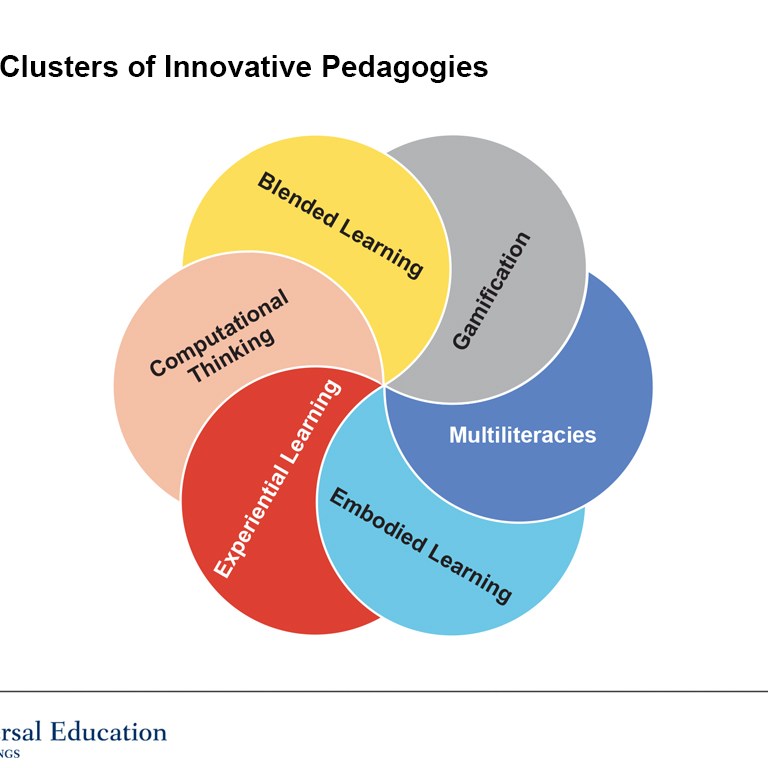
Ultimately, we call on all of those engaged with delivering education services to children and young people—that is, government decisionmakers, including ministers and heads of teacher training institutes; educators and educator networks and organizations; civil society leaders, including innovators and NGOs; funders and investors, including philanthropists and the international donor community; and the private sector, especially ed-tech companies and innovators—to do the following three things:
• Embrace innovative pedagogy, tailored to particular education settings.
• Make the structural changes necessary to invest in the foundations for quality teaching, widen the profile of who can be considered as educators, and support hybrid learning environments, which blend formal and nonformal schooling.
• Promote the pivotal role of the “missing middle,” or “meso,” layer of education—consisting of networks, chains of schools, and communities of practice—to scale deep change.
We fully acknowledge that our call for action will be difficult to do but well worth it if we are serious about leapfrogging to a new place where all children and young people enjoy a high-quality, future-ready education.
Download the full report here or the summary findings here.

